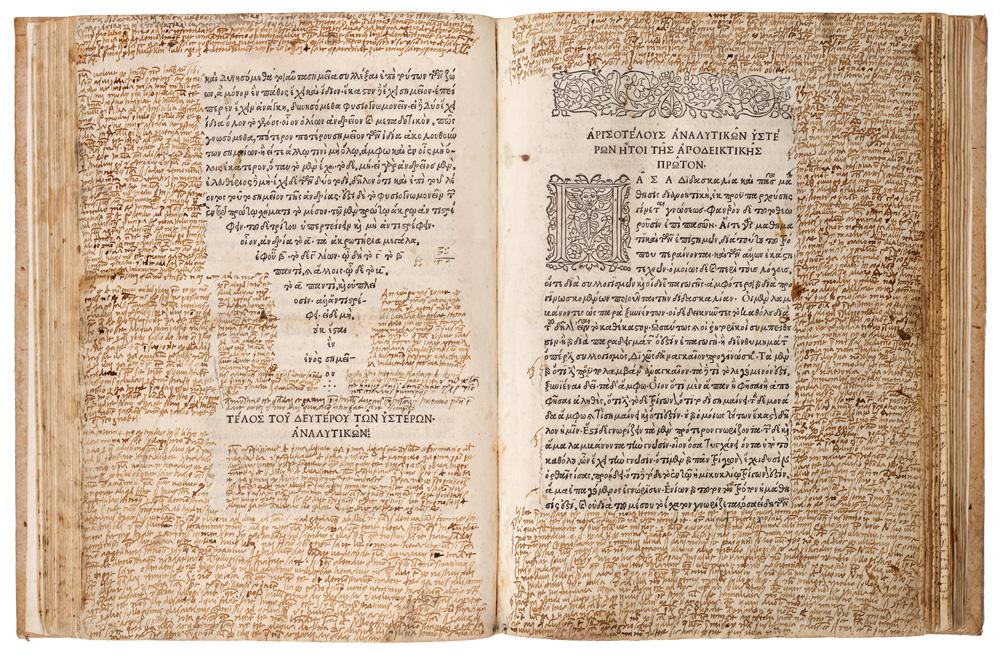“All teaching and all intellectual learning come about from already existing knowledge,” Aristotle said.
Since 335 B.C., when the Greek philosopher Aristotle founded the Lyceum in Athens, Greece, people around the world have ardently studied the many facets of his knowledge: from science, logic, metaphysics, and ethics to politics.






